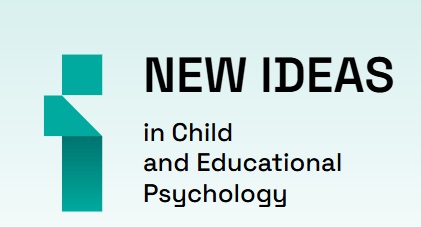Keywords
self-attitude
Publications
Astretsov D.A., Leontiev D.A. (2015). Psychodiagnostic properties of the Scale of inner dialogical activity by P. Oles . Moscow University Psychology Bulletin, 4, 66-82
The article deals with the concept of internal dialogue and its understanding in a variety of psychological schools in Russian and foreign psychology. A concept of internal dialogue is introduced as well as its understanding by M.M. Bakhtin, L.S. Vygotsky, G.M. Kuczynski, H. Hermans. The Internal dialogical activity Scale (IDAS) by P. Oles is presented. Russian adaptation of IDAS included two sections with an interval of two weeks between them. 256 respondents participated in the first section, and 123 of them in the second. The general ID score was validated; however, instead of replication of the original 7-factor structure, we revealed a more justified, reliable and valid 3-factor one (internal dialogue, internal world, internal conflict). Construct validity is underpinned by high correlations of IDAS factors with other measures of reflexive processes and aspects of self-attitude. Unlike the differential reflectivity test by D.A. Leontiev and E.N. Osin, IDAS seems to represent mostly the negative pole of self-reflection; this conclusion is based on the analysis of IDAS connections with other personality variables. Russian adaptation of IDAS can be used for research purposes and for practical work.
Received: 10/20/2015
Pages: 66-82
DOI: 10.11621/vsp.2015.04.66
Keywords: reflection;
self-attitude;
psychodiagnostics;
internal dialogue;
Available Online: 12/31/2015
Arestova O.N., Bogacheva N.V.(2013). Specific features of self-attitude of myopic teenagers and youths.The Moscow University Psychology Bulletin, 4, 92-105
The empirical study was carried out to check the hypothesis that myopia can influence the development of self-attitude features of teenagers and youths. 50 participants took part in the study (30 myopic participants — 12 males and 18 females, and 20 participants with normal eyesight — 8 males and 12 females) from 15 to 20 years old, senior pupils and students. Projective methods and inventories were used: the nonexistent animal figure test, self-portrait picture test, S.R. Pantileev’s methodic of self-attitude measurement (questionnaire), and self- attitude scoring questionnaire developed by us. The results of the study confirm the hypothesis and show that myopic teenagers and youths has specific features of self-attitude, such as the disposition towards self-criticism, negative attitude towards characteristics of self, the decline of communicational self-attitude and communicational activity, the tendency to deep intelligent reflection of self with great attention toward weaknesses. Moreover, myopic respondents show rigid and extreme scores of self-attitude, passiveness in communication, sensitivity towards other people’s scores. It was shown, that self-attitude of myopic teenagers resembles that of blind and visually impaired people. It was also shown that myopic teenagers are more self-critical and tend to negative evaluation of themselves as communicational partners.
Received: 09/17/2013
Pages: 92-105
Keywords: self-attitude;
perception disorders;
myopia;
projective tests and inventories;
Available Online: 12/30/2013









